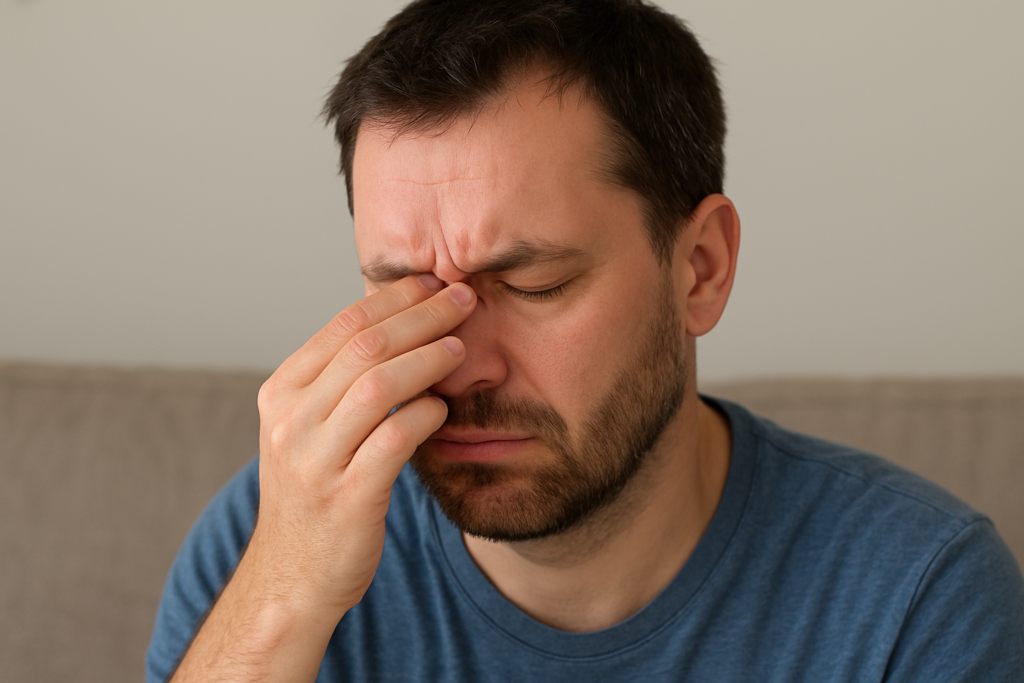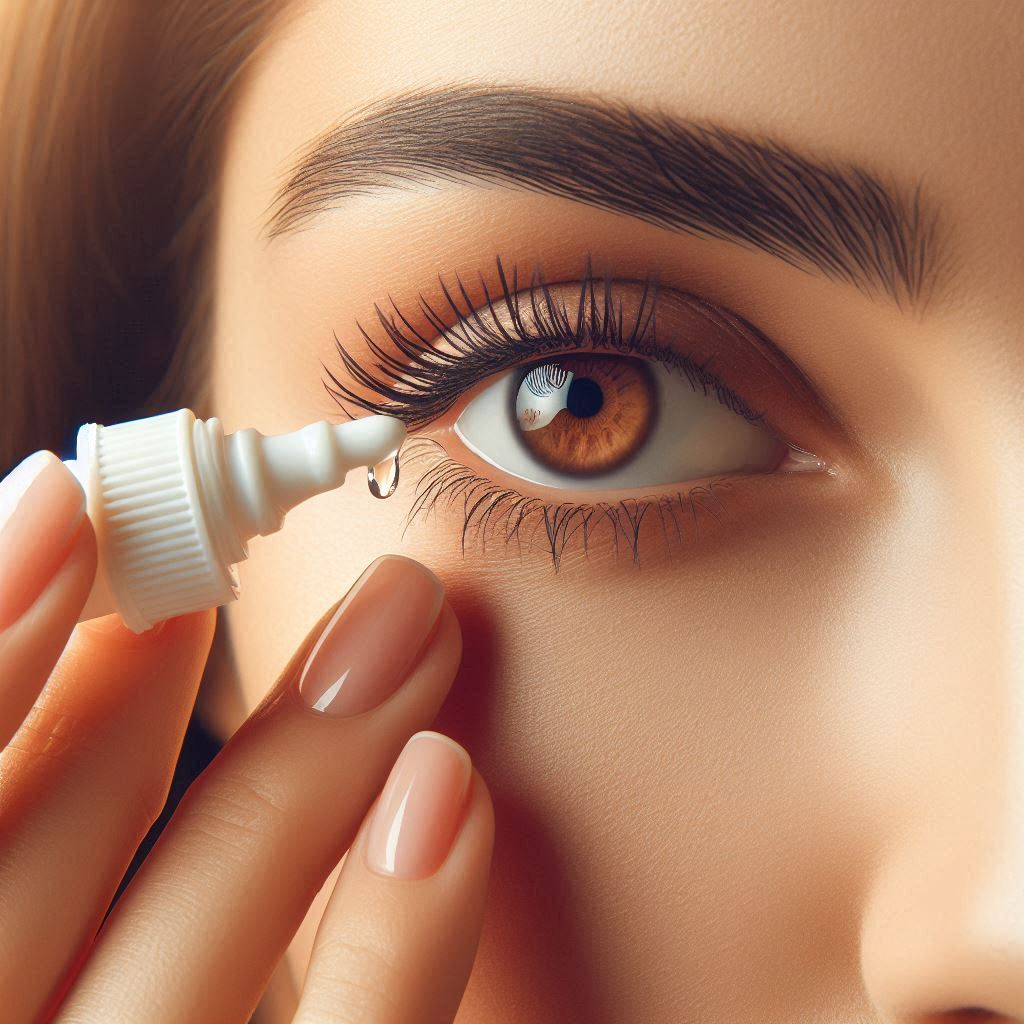Introduction: Why Dry Eyes Are a Growing Problem
Dry eye syndrome is one of the most common eye conditions worldwide, affecting millions of people of all ages. Whether you’re working long hours in front of a screen, exposed to dry environments, or dealing with underlying health issues, chances are you’ve experienced the itching, burning, or gritty feeling of dry eyes.
Studies show that up to 30% of adults report chronic dry eye symptoms, and with increased screen time, that number continues to rise. The good news? With the right prevention strategies and treatments, dry eyes can be managed effectively.
What Are Dry Eyes?
Dry eyes occur when your eyes don’t produce enough tears, or when the tears evaporate too quickly. Tears are not just “water”; they’re a complex mixture of mucus, oil, and water that protect and lubricate your eyes.
When this balance is disrupted, your eyes become irritated, red, and uncomfortable — a condition medically known as keratoconjunctivitis sicca.
Causes of Dry Eyes
1. Environmental Factors
- Prolonged screen use (computers, smartphones, tablets).
- Air conditioning, heating, or dry climates.
- Exposure to wind, smoke, or pollution.
2. Medical Conditions
- Autoimmune disorders like Sjögren’s syndrome.
- Diabetes, thyroid disease, and rheumatoid arthritis.
- Hormonal changes during menopause.
3. Medications
Certain medications can reduce tear production:
- Antihistamines
- Antidepressants
- Blood pressure medications
4. Lifestyle Habits
- Inadequate hydration.
- Poor diet lacking essential fatty acids.
- Excessive contact lens use.

Symptoms of Dry Eyes
- Persistent redness.
- Stinging, burning, or scratchy sensation.
- Sensitivity to light.
- Watery eyes (paradoxically, the eye produces more tears to compensate).
- Blurred or fluctuating vision.
- Difficulty wearing contact lenses.
Risk Factors for Dry Eye Syndrome
- Age (more common in people over 50).
- Female gender (hormonal influence).
- Frequent digital device use.
- Long-term contact lens wear.
- Living in polluted or dry environments.
👁️ Related Reading:
Prevention of Dry Eyes
1. Lifestyle Adjustments
- Follow the 20-20-20 rule: Every 20 minutes, look at something 20 feet away for 20 seconds.
- Blink more often, especially while using screens.
- Stay hydrated throughout the day.
2. Environmental Control
- Use a humidifier in dry rooms.
- Avoid direct airflow from fans or air conditioners.
- Wear wraparound sunglasses outdoors.
3. Nutrition for Eye Health
- Include foods rich in omega-3 fatty acids, lutein, and zeaxanthin.
- Consider supplements if diet alone isn’t enough.

Treatment Options for Dry Eyes
1. Over-the-Counter Treatments
- Artificial Tears (Lubricating Eye Drops): First-line relief.
- Gel drops or ointments: For nighttime use.
2. Prescription Medications
- Cyclosporine eye drops (Restasis): Reduce inflammation.
- Lifitegrast (Xiidra): Improves tear production.
3. Medical Procedures
- Punctal plugs: Tiny devices inserted into tear ducts to slow drainage.
- Thermal pulsation devices: Treat blocked oil glands in eyelids.
4. Natural & Home Remedies
- Warm compresses on eyelids.
- Eyelid hygiene with gentle cleansers.
- Increasing omega-3 intake.
Frequently Asked Questions (FAQ)
Q: Can dry eyes cause permanent vision loss?
A: In severe untreated cases, yes. Chronic dryness can damage the cornea, leading to vision problems.
Q: Are dry eyes more common in winter?
A: Yes. Indoor heating and low humidity increase risk.
Q: Can contact lenses cause dry eyes?
A: Yes. Extended wear can reduce oxygen supply to the eyes and cause dryness.
Q: Is dry eye syndrome curable?
A: It’s usually manageable but not always curable. Treatments focus on long-term relief.
Q: Can diet really improve dry eyes?
A: Yes. Omega-3s, antioxidants, and staying hydrated significantly improve tear quality.
Key Takeaway
Dry eyes are one of the most common — but also most manageable — eye problems today. By addressing the root causes, adjusting your lifestyle, and using effective treatments, you can significantly reduce symptoms and protect your vision health.



